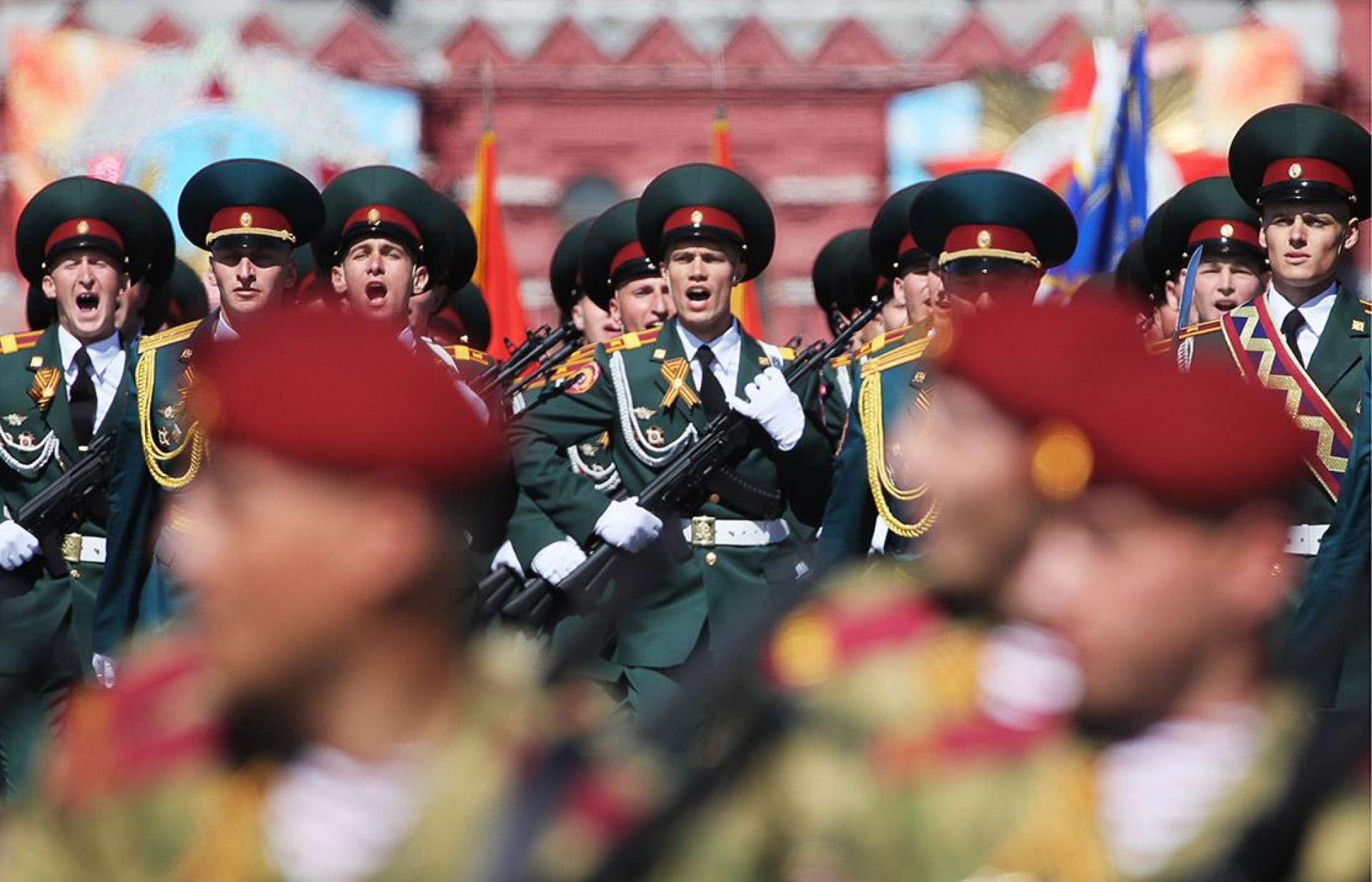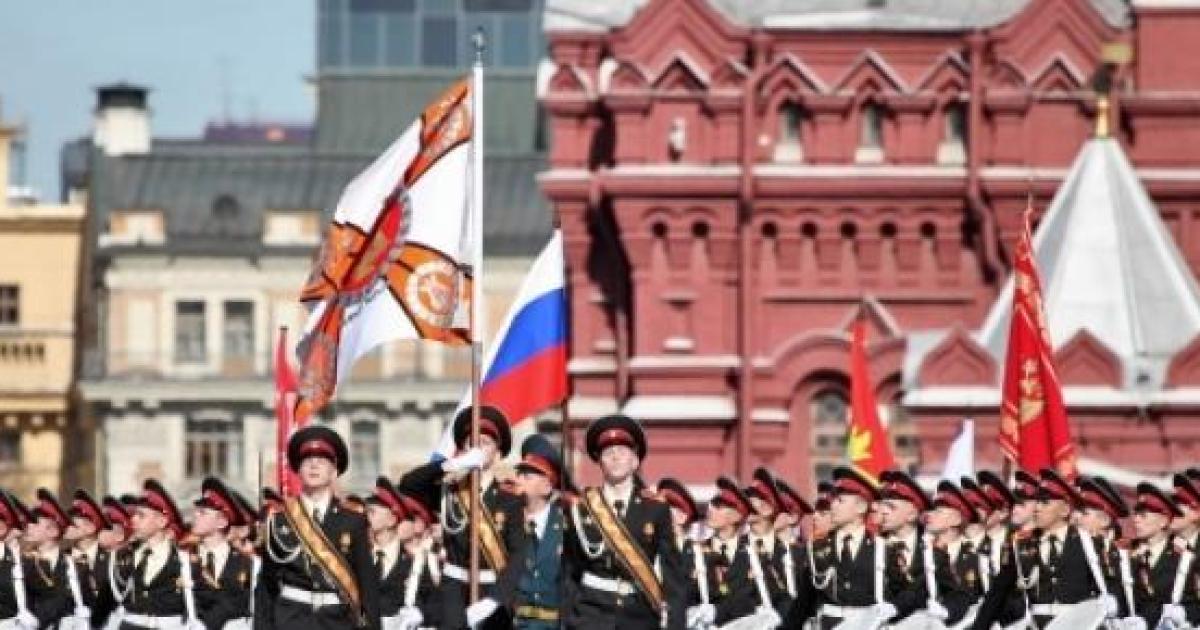
Russia victory day full#
Moscow announced a new phase of the Ukraine war plan was to take full control of southern and eastern Ukraine and connect the Donbas region with Crimea, leaving places such as the town of Irpin, pictured here, devastated. They told him: “We don’t want to see our heroes – our victorious warriors – standing in queues, trading at the market, living from hand to mouth, but instead fully provided for materially, well-dressed (preferably in a special uniform), living in light apartments and with the highest weekly allowances and privileges that our possibly in our great Soviet country.” In December 1947, only two years after it was launched, May 9 was downgraded: no longer a state holiday, it became a regular working day again. One group of workers wrote directly to Stalin to complain about the state’s failure to provide for the veterans.

Ukraine recap: Donbas braces for a 'knife fight' Veterans became buskers, fortune tellers and beggars. Many veterans, especially those who had been injured in the war, found themselves homeless and jobless.
Russia victory day free#
Promises were made to them – a free ticket home, a job waiting, a new suit of clothing and footwear, monetary recompense for their service, financial help building or repairing homes – but the reality fell drastically short. It took at least two decades for war remembrance to emerge as a core component of Soviet – and later Russian – patriotism.Īfter the happy homecomings, life was often hard for veterans in the late 1940s. In 1945, with the economy in ruins, and the Soviet people injured, grieving and traumatised, remembering the war was painful and potentially divisive.

The story of how those war veterans were treated – and their war commemorated – has been rather complex. In cities across the Soviet Union, activists organised receptions: banners, flowers, portraits of Stalin, throngs of happy citizens celebrating the end of war, and paying tribute to the soldiers. In the weeks that followed, the first demobilised soldiers returned home. Glory to our heroic Red Army, which upheld the independence of our Motherland and won victory over the enemy! Glory to our great people, the people victorious! Eternal glory to the heroes who fell in the struggle against the enemy and gave their lives for the freedom and happiness of our people! On a radio broadcast on Stalin announced: But then came victory in Europe, celebrated on May 9, a day after VE Day (fighting stopped a day later in Russia). The cult that had been constructed around him in the 1930s seemed to have been abandoned. More worrying, some fear that if that victory proves elusive, the day might instead be used as a “ fulcrum” for a wider mobilisation of forces.īut why is this anniversary such a powerful force in Russian politics? During the worst days of the second world war, Soviet leader Joseph Stalin was conspicuously absent from his country’s media. Commentators suggest that the recent military reorientation towards Ukraine’s Donbas region was driven by a May 9 deadline. Eight MiG-29s will form the letter Z, the symbol adopted by supporters of Russia’s invasion of Ukraine.įor the 2022 ceremony in Moscow’s Red Square the Kremlin is desperate to have a victory from the Ukraine war to announce.
Russia victory day plus#
This year, the Kremlin promises a parade on May 9 with 11,000 servicemen and women plus 62 airplanes and 15 helicopters. Even in the darkest days of the pandemic in 2020 Russia didn’t cancel Victory Day, its anniversary of the end of the second world war – it was just postponed.


 0 kommentar(er)
0 kommentar(er)
